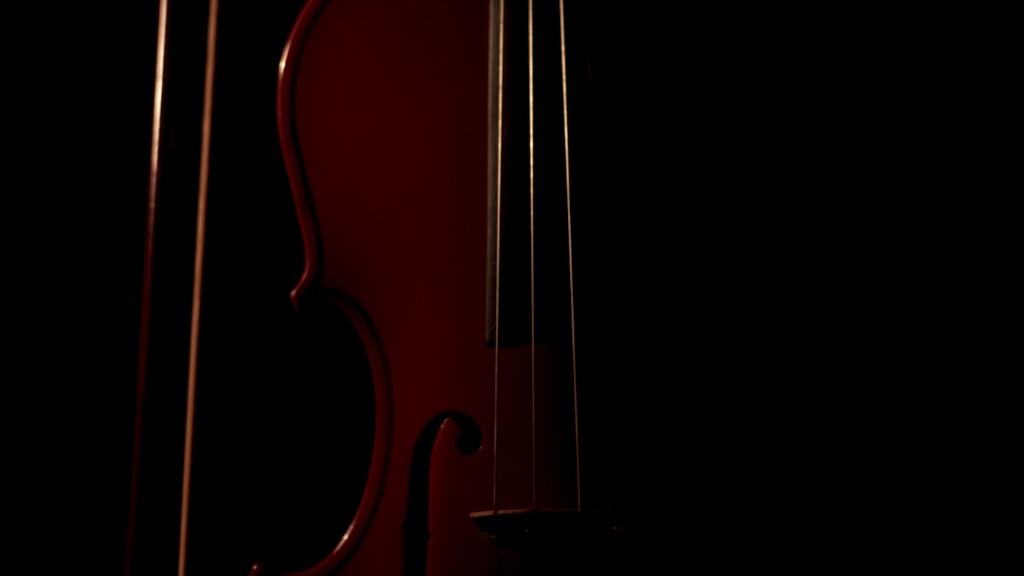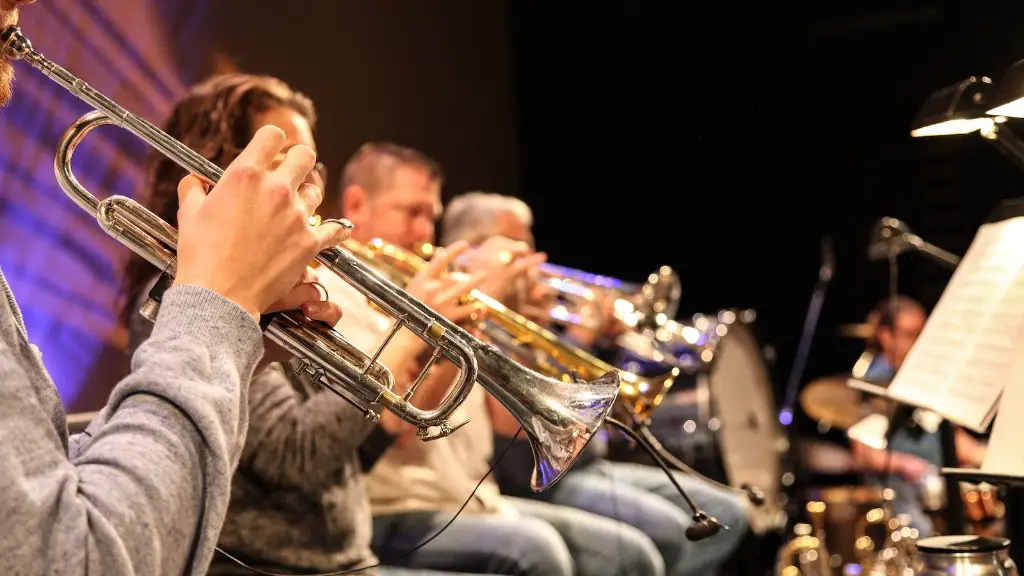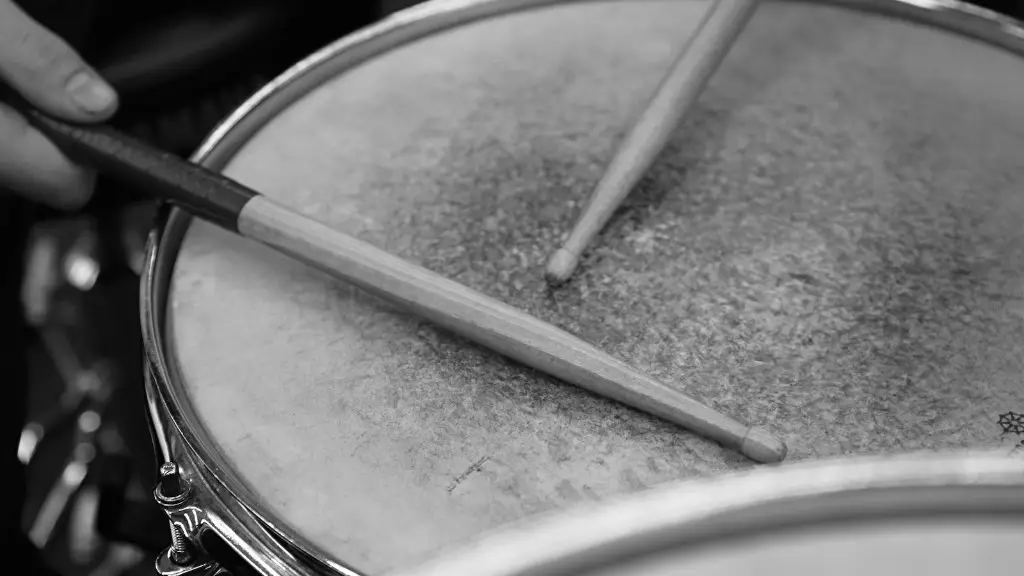Determining the age of a violin is an important process for musicians, collectors and appraisers. Violin makers have developed specific methods to date their instruments and these techniques can be used to determine the age of any violin. It is important to understand that age is not the same as value, but some factors associated with determining the age of a violin can influence its value significantly.
The easiest way to determine the approximate age of a violin is to examine its label. All genuine violins should have an internal label indicating who made it and when it was made. This label will most likely be written by hand, although some labels are printed. The label will also provide other information about the maker and may include a serial number.
Determining the Age of a Violin
In order to determine the age of a violin it is important to check the label. Most violins will have a label inside them with information about the maker and the date that it was made. If there is no label, then it can be more difficult to determine the age, but there are several other clues that can help. For example, look at the type of wood used in the violin, as older violins often used different types of wood than modern ones. Additionally, examine the way that the seams are joined, as older instruments often had different construction techniques than newer models. Finally, if you are able to find out who made the violin and when they were working, you can get a better idea of its age.
It is also possible to take a violin to an appraiser who can give an educated guess on how old it is based on their experience and expertise. However, this may be costly and should only be done if absolutely necessary.
Materials Used
Determining the age of a violin can be done by examining and evaluating various materials used in the construction of the instrument. The type of wood used, including how it is carved, can give clues as to its age. The type of varnish used can also help determine a violin’s age. Additionally, the type of strings and tuning pegs used can provide insight into when it was made. In some cases, it may even be possible to trace a violin’s origin through its label or markings. Examining these materials carefully can help to accurately date a violin.
Inspect the Bridge and Fingerboard
Determining the age of a violin can be difficult, but one way to narrow down the range is to inspect the bridge and fingerboard. The bridge is the piece of wood that sits between the strings and body of the violin, while the fingerboard is located between the strings and neck. Both items are made from ebony or other hardwoods, and they have a tendency to darken over time. Look for a yellowish hue on both pieces that could indicate an older instrument. It’s also important to look for signs of cracking or warping which could indicate an instrument in need of repair. Additionally, checking for signs of wear on either part can help reveal how old a violin may be. If it appears that neither has been touched in decades, it could mean you are dealing with a vintage instrument.
Examining Wear and Damage
Determining the age of a violin can be tricky, but examining wear and damage can provide clues. Look for signs of wear or discoloration on the varnish, as well as any scratches or dents on the instrument. If there is an old repair job, it may indicate that the violin is an antique. Additionally, check for any cracks in the wood, which could be caused by changes in temperature or humidity over time. Inspect the pegs and tuning hardware, as these can give insight into a violin’s age. Finally, look inside the instrument for a label that usually indicates when it was made. With these clues, it is possible to get an idea of how old a violin is.
Analyzing Tone and Sound Quality for Age Determination of a Violin
Determining the age of a violin can be done by analyzing its tone and sound quality. Tone is the overall impression of the sound made by a violin, while sound quality is determined by the specific characteristics of the instrument. The age of a violin can be estimated based on how it sounds when played. Older violins have a more mellow, round tone with less clarity than newer instruments, while newer violins tend to have brighter, sharper tones. The overall resonance and volume of the instrument can also be analyzed to help determine its age. Additionally, an experienced luthier can examine a violin’s construction to further narrow down its age. These include looking at the type of wood used in construction and checking for any repairs or alterations that may have been made over time. By understanding how to analyze tone and sound quality, you can get an accurate estimate as to how old your violin is.
Determining the Age of a Violin
When attempting to determine the age of a violin, it is important to take into account the materials used, its construction and ornamentation, and any markings that may be visible. The type of wood used, such as spruce for the top or maple for the back and sides, can provide some clues as to when a violin was made. Additionally, certain decorative elements can help narrow down a date range. For example, if a label inside the violin states who made it and when, this will give an exact date. Other features that may indicate age include lacquer finishes, inlays on purfling and fingerboards, engravings on metal parts and any other distinguishing features. Consulting with an expert in antique violins can also be helpful when attempting to accurately identify the age of a violin.
Wrap Up
To determine the age of a violin, it is important to consider factors such as the type of wood used, the shape and curvature of the body, the type of varnish and how it has aged, and other features such as labels. Inspection by a qualified luthier is recommended for an accurate assessment. Finally, it is important to remember that the age of a violin does not necessarily represent its quality in terms of sound production. Every violin has its own unique character and sound.


